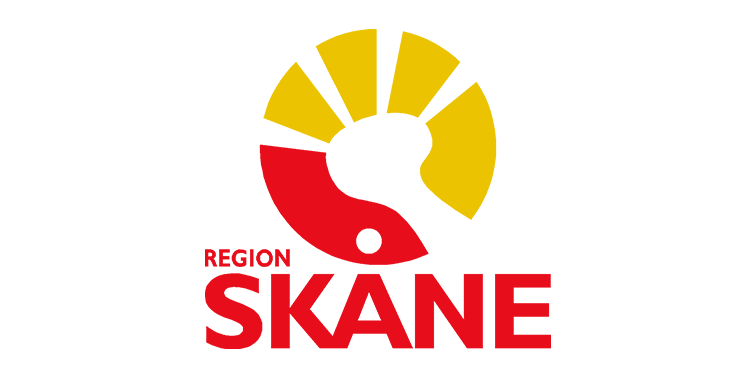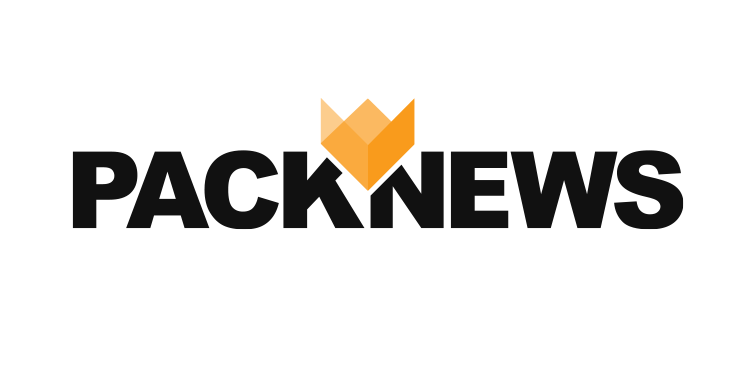Is packaging changing from “the silent salesman” to “the silent delivery boy”?
In 2014, global e-retail increased by 20%, and it is expected to increase still more in the future. Consumers are relying more on recommendations from friends and using their mobile phones or computers as shop windows and for making purchases. New online-based services that simplify your shopping and provide customised solutions based on your profile and lifestyle are increasing, with solutions such as various “shopping bags”, and “virtual personal shoppers”.
Consumers are moving further away from the classic buying decision, where the packaging has always been seen as the most important means of communication in convincing people to buy.
It is said that packaging has just a few seconds to attract consumers and facilitate a purchase decision. Competition on the shelves is fierce and so design, form and colour have been the main sales arguments up until now. But how will this vary with increased e-retail? When consumers are exposed to advertising based on their profiles, search behaviours and recommendations from friends and businesses, do we still need packaging that encourages the buyer to make a purchase? Wouldn’t a plain brown box suffice?
On the contrary! New behaviour patterns are placing new demands on the packaging of the future. It must not only cope with everything it already does, brand experience, safety etc… but also cope with the risk of being shipped all the way to the consumer’s home and back if the buyer isn’t satisfied; a risk which previously lay with the consumer.
Brand owners and packaging designers must increasingly begin to think in new ways about their packaging. Design that works on the store shelf does not necessarily work online. For example, white packaging might stand out well on the shelf, but is often unsuccessful on a computer screen where it becomes washed out and “disappears”. In some cases, the packaging is more important online than in the store. In an online shop, both large and small brands are typically represented by one product, and it is difficult if not impossible to build the big displays of packaging like on the store shelf, automatically confirming the importance of the brand.
One problem that can arise is that, when faced with a new design adapted for the web, the consumer doesn’t recognise their favourite brand because it doesn’t look like it usually does in the shops.
Now that e-retail is growing because people are seeking more comfortable and convenient ways to shop, the packaging industry can support this by moving with the times and making packaging more intelligent to facilitate consumption. Perhaps the increasing interest in e-retail may be what is needed in order to generate serious interest in smart and intelligent packaging. A temperature gauge on a shopping bag to show that it hasn’t become too warm. Or perhaps even on the milk carton. A holographic label proving that content really is what the buyer expects it to be, or perhaps printed electronics to provide the buyer with more information via their telephone. It is all about “delivery” and building up trust when a consumer is not selecting the actual goods themselves.
/ Packbridge




Leave a Reply
Want to join the discussion?Feel free to contribute!